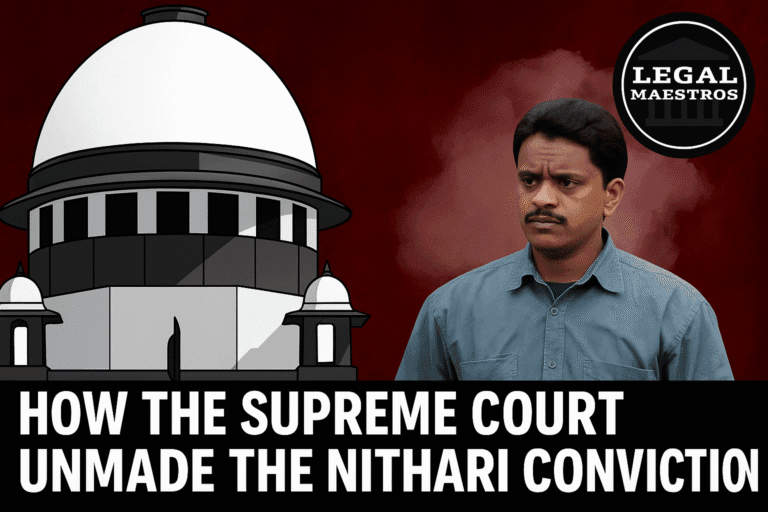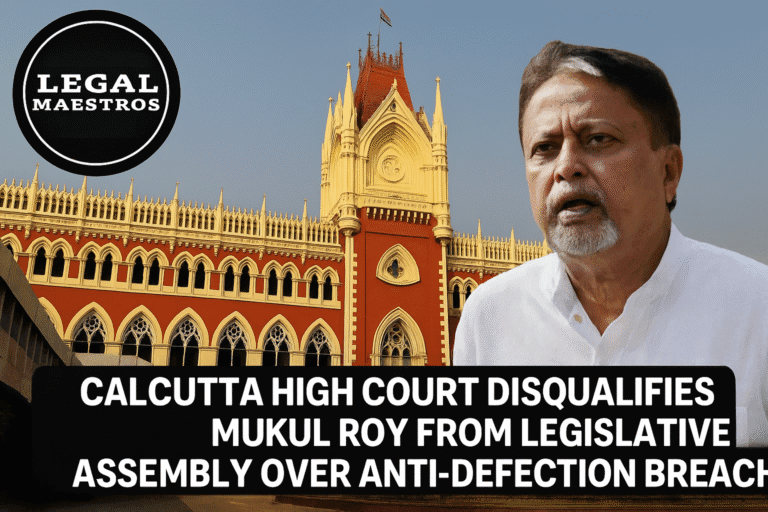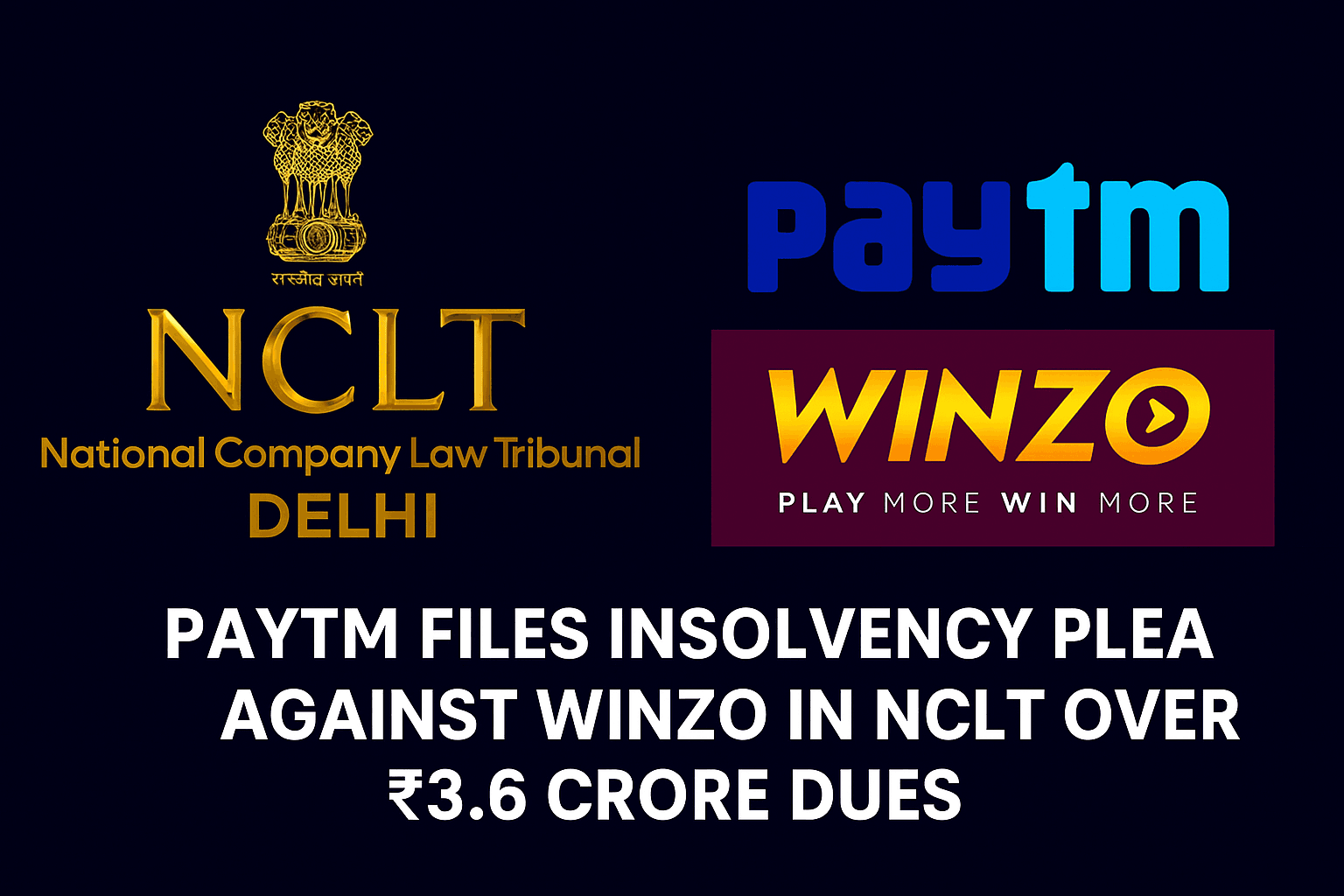
Australia’s YouTube Ban for Teens: Is a Similar Move Feasible Under Indian Law?
Introduction
In July 2025, Australia declared that children under the age of 16 would be incapable of setting up YouTube accounts beginning December 10 of that same year. The ban expands the current list of social media platforms that are prohibited to teens, such as TikTok, Instagram, Facebook, X, and Snapchat.
This drastic measure is meant to save the young generation from harmful content, but a question goes to India: can our legislation endorse such a ban?
Australia’s New Social Media Rules
In November 2024, Australia enacted a law, the Online Safety Amendment (Social Media Minimum Age) Act 2024. The law is a revision of the Online Safety Act 2021 that introduces a strict minimum age of 16 years for the account holder of the so-called age-restricted social media platforms.
For any queries or to publish an article or post or advertisement on our platform, do call at +91 6377460764 or email us at contact@legalmaestros.com.
Under the regulations, businesses are under obligation to use a reasonable measure to prevent under-16s from registering. Non-compliance is punishable by fines of up to AUD 49.5 million.
It is like a cinema where only adults can purchase the ticket to watch an R-rated movie; the platforms have to confirm the age or apply age-verification devices to prevent the use of children.
India’s Power to Block Online Content
The Information Technology Act, 2000 provides the government of India limited authority to ban online material under Section 69-A. In this section, the Act grants the Centre the authority to direct intermediaries, such as YouTube and other websites, to prohibit access to or disrupt specific information that threatens India’s sovereignty, security, or public order.
As an example, in case a video provokes violence, the government should issue a decree to have that video removed. Nevertheless, Section 69A is not aimed at whole services to a category of people but at certain content. It is an analogy of closing only one screen in a movie theater that has a very risky movie, instead of blocking the entire cinema to those lower than 16 years old.
Intermediary Guidelines and Child Safeguards
In addition to Section 69A, the Information Technology (Intermediary Guidelines and Digital Media Ethics Code) Rules, 2021 of India provide due-diligence obligations of online media, stipulated in Section 87 of the IT Act.
For any queries or to publish an article or post or advertisement on our platform, do call at +91 6377460764 or email us at contact@legalmaestros.com.
Such rules necessitate the intermediaries to exercise interventions to protect children, including parental locks and age rating systems.
In practice, a site can classify certain of the videos as A-rated and put up an obligation that the user will have to verify that he is not a minor before watching. However, the endeavors are just about classifying material and alerting the user; they are not really to block the formation of accounts by minors.
Constitutional and Practical Challenges
Blanket restrictions on people under 16 who create a YouTube account in India would not pass smoothly. First, the Supreme Court said that any limit on the guarantee of speech must be reasonable, just, and proportional, per Article 19(2) of the Constitution. In the case of Shreya Singhal v. 2015, the Court struck down Section 66A of the IT Act as nebulous and retained the authority of Section 69A to block objectionable content as a permissible limitation on freedom of speech (Union of India, 2015).
For any queries or to publish an article or post or advertisement on our platform, do call at +91 6377460764 or email us at contact@legalmaestros.com.
It would arguably be further than allowing such a show to be blocked because of harmful types of content, but such a move (Blocking an entire service category because it is harmful to a given age group) would be overbroad and likely to be overturned.
Second, implementing a ban on youth in a country like India, which has a large population and diverse geography, would be nearly impossible. VPNs or the use of adult accounts by tech-savvy minors may still be an issue in the same way Australian students had cautioned about simple workarounds in their territory.
It would also involve asking platforms to develop effective age-verification mechanisms that do not compromise the privacy of people, which is not an easy task due to the high privileging of the right to privacy in Puttaswamy v. Union of India (2017).
For any queries or to publish an article or post or advertisement on our platform, do call at +91 6377460764 or email us at contact@legalmaestros.com.
A Way Forward for India
Instead of an outright prohibition, India may be able to toughen up real rules. The platforms may be obligated to launch optional accounts with more rigid content filters and time limits in young teens mode. Digital literacy could be taught in schools through educational campaigns that would teach young users to understand what to avoid.
Regulators can also issue transparent reporting about content-blocking orders as a way of gaining the trust of the people. This so-called technique sums up to providing the children with a library card that can access only parts, instead of locking the whole library.
Conclusion
The Australian government’s move to block YouTube for children under 16 reflects profound worry about the vulnerable age experiencing the impact of dangerous online content. The Indian government has the authority to block some of this material based on the law (Section 69A of the IT Act, 2000), and also, as per the IT Rules, 2021 issued by the Indian government, child safety must be ensured.
For any queries or to publish an article or post or advertisement on our platform, do call at +91 6377460764 or email us at contact@legalmaestros.com.
Nevertheless, a blanket ban is an age-related prohibition that is unlikely to survive constitutional review and would create enforcement issues in practice. A carefully balanced choice that focuses on content controls, improves age ratings of products, and educates teens can not only guarantee a brighter future for them by fending off unnecessary restrictions on the press and other media but also secure a brighter future for the teens.
In the same way that a schoolteacher does not close a classroom door and proceed to deliver complicated matters to students, India can strive to make uncritical young netizens in their country more responsible and safe in their usage of the internet.
For any queries or to publish an article or post or advertisement on our platform, do call at +91 6377460764 or email us at contact@legalmaestros.com.




![Research Assistantship @ Sahibnoor Singh Sindhu, [Remote; Stipend of Rs. 7.5k; Dec 2025 & Jan 2026]: Apply by Nov 14, 2025!](https://legalmaestros.com/wp-content/uploads/2025/11/Gemini_Generated_Image_s0k4u6s0k4u6s0k4-768x707.png)
![Karanjawala & Co Hiring Freshers for Legal Counsel [Immediate Joining; Full Time Position in Delhi]: Apply Now!](https://legalmaestros.com/wp-content/uploads/2025/11/Gemini_Generated_Image_52f8mg52f8mg52f8-768x711.png)